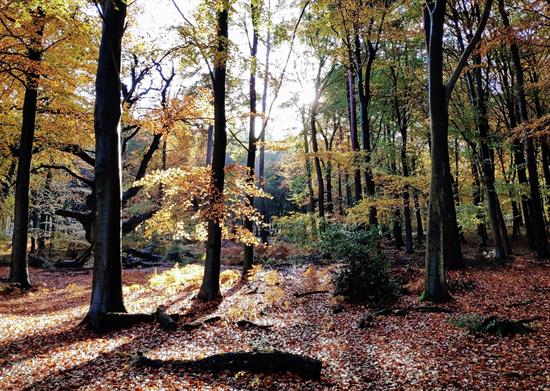McGovern joins Rep. Kuster to Introduce Legislation to Protect National Scenic Trails from Pipeline Development
Washington,
July 30, 2020
Tags:
Energy and Environment
WASHINGTON -- Rules Committee Chairman Jim McGovern (MA-02) has joined Representatives Annie Kuster (NH-02), Richard E. Neal (MA-01), Tom Malinowski (NJ-07), and Jamie Raskin (MD-08) to introduce the Scenic Trail Viewshed Protection Act. “Imagine walking the pristine New England Scenic Trail through the forests and fields of Western Massachusetts – then imagine having the wild beauty of the trail ruined by running a natural gas pipeline directly across it. That’s what we’re trying to prevent,” said Congressman McGovern. “This is about protecting these trails so future generations can enjoy them the way we get to enjoy them today – untouched and unspoiled by civilization. I’m proud to join Representative Kuster in strong support of this important bill.” “The National Scenic Trails are one of our country’s greatest treasures and we have an obligation to protect them,” said Congresswoman Kuster. “I have long been concerned about natural gas pipeline development being prioritized over environmental protection and conservation. I’m pleased to introduce the Scenic Trail Viewshed Protection Act, which directs the Federal Energy Regulatory Commission to more carefully scrutinize pipeline projects in order to protect the integrity of our scenic trails. As Americans are eager to socially distance in the great outdoors during the current pandemic, it is important to remember that every dollar invested in land conservation is amply returned in economic activity. We cannot afford to leave these trails vulnerable to poorly planned pipeline development, so I urge my colleagues to quickly act on this legislation.” “The Appalachian Trail Conservancy strongly supports Congresswoman Kuster’s bill to preserve the unique and unmatched experience provided by our National Scenic Trails,” said Sandra Marra, President and CEO of the Appalachian Trail Conservancy. “America’s National Scenic Trails are resources with many associated values, from breathtaking natural beauty to wildlife habitats for thousands of species. We are committed to working with Congresswoman Kuster to ensure this bill will protect these resources and address the permitting process for development alongside our irreplaceable trails.” “We strongly support Congresswoman Kuster’s bill to protect the integrity of the views along our National Scenic Trail System,” said John Judge, President and CEO of the Appalachian Mountain Club. “The experiences these trails provide are like no other, and ensuring that development, including gas pipelines, is sited to avoid negative impacts to trails and permanent degradation of the trail experience, is a much-needed fix to the permitting process. We look forward to working with the Congresswoman to move this bill through the legislative process.” Eleven National Scenic Trails cover approximately 24,600 miles across 29 states. First established by the National Trails System Act of 1968, these trails offer views of some of the most spectacular vistas in America. With increased production of fracked natural gas expanding infrastructure development to over 300,000 total miles of pipeline nationwide in the past twenty years, it is noteworthy that the Federal Energy Regulation Commission (FERC) has only denied permits to two applicants in that same period of time. It has become clear that the current processes at FERC relating to the evaluation of natural gas pipelines insufficiently consider the value of our natural and scenic resources or potential impacts to outdoor recreation. The Scenic Trail Viewshed Protection Act addresses this issue by directing FERC to only approve a pipeline project that crosses or impacts the view from a national scenic trail under the following conditions: 1.) The pipeline is the only way to meet a public need for energy 2.) Alternatives were thoroughly considered 3.) Minimal road construction to build the pipeline will be required 4.) The project will use optimum technology solutions to prevent leakage 5.) The pipeline will intersect the trail at a point that already has a significant infrastructure crossing and only crosses the trail once 6.) The pipeline will not affect the viewshed of a trail in an area defined as wilderness, that is home to an old-growth forest or alpine area, nor the location of a shelter or campsite where the public will be congregating 7.) Construction techniques as well as ongoing maintenance and operational activities will produce no more than a minimal disturbance to the trail and surrounding conservation lands 8.) The owners of the pipeline acknowledge that they have a duty to protect the trail and ensure the health and safety of all Americans who use the trail and the surrounding land. For more information about the Partnership for the National Trails System, visit www.PNTS.org. The mission of the Partnership is to “empower, inspire, and strengthen public and private partners to develop, preserve, promote, and sustain the national scenic and historic trails.” |
Press Releases
Constituent Services
Read More
How can I help?
From getting answers from government agencies to cutting through red tape to get you results, my office is here to help.
